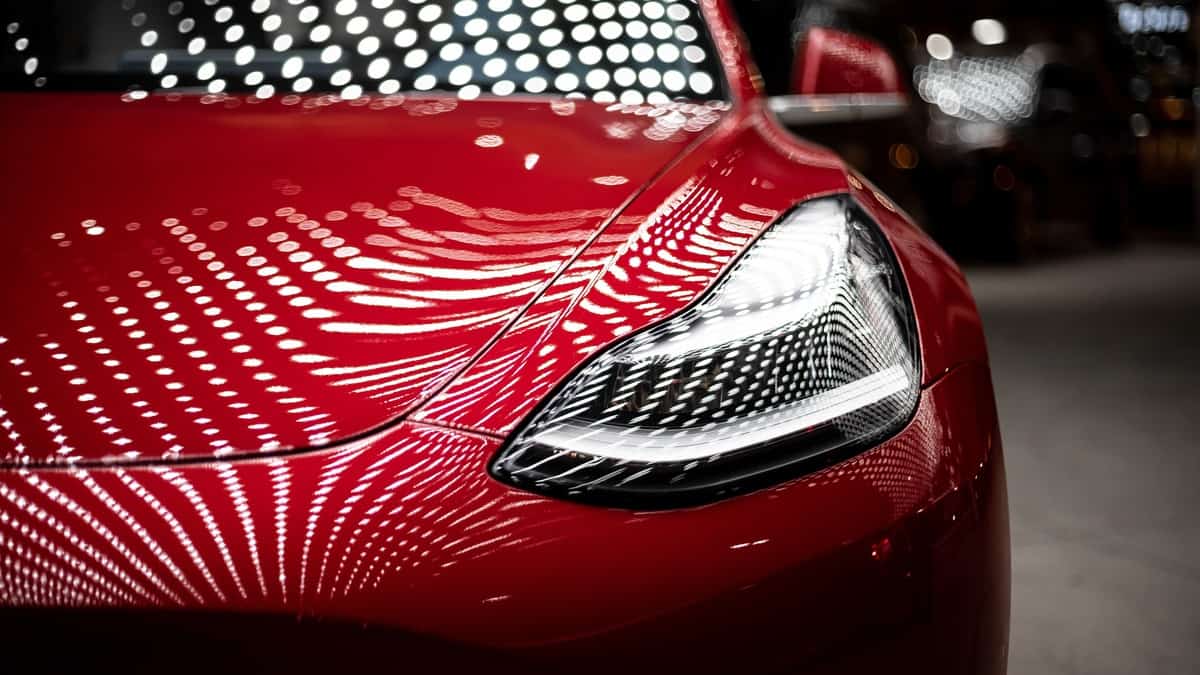The Tesla Model 3 was the third most popular vehicle in Australia in January, part of a market that was the greatest in five years as the worldwide supply of new models improved and long wait lists were reduced.
The No.3 spot for a Tesla model was the highest ever achieved in Australia by a fully battery-operated electric vehicle, indicating changes in the car market as more people consider purchasing an electric vehicle.
According to the Federal Chamber of Automotive Industries, new vehicle sales have been at their highest since January 2018.
Sales increased 11.9 percent to 84,873 in January, compared to a year ago, when people were still hesitant to go out due to Australia’s rapid spread of the omicron variant of COVID-19.
In early January, Tesla cut its prices in Australia by 2.4% and 3.9%, in line with worldwide price cuts by Elon Musk’s electric vehicle pioneer.
Automotive industry to continue recovering from disruptions
FCAI CEO Tony Weber stated that January sales were the best since 2018 and that the automotive sector was continuously recovering from supply chain issues and delays that had previously slowed production levels.
He stated that the Tesla Model 3 performed admirably.
With 4852 vehicles sold, pure battery-powered electric cars accounted for 5.71 percent of the total market.
The electrified segment accounts for 12.3% of total sales when hybrid and plug-in hybrid vehicles are factored in.
SUVs remain dominant in the market, accounting for 55% of total sales.
Utes continued to be popular among Australian buyers in January. The Ford Ranger ute sold the most, with 4749 units, followed by the Toyota Hi-Lux, which sold 4131 units. Tesla’s Model 3 sold 2927 units.
The Mazda CX-3 finished fourth with 2417, followed by its stablemate, the Mazda CX-5, with 2189. The MG-ZS, which comes in both petrol and electric versions, was ranked eighth with 1842 sales.
Pre-owned vehicles began to drop
NSW had the highest percentage increase of any state, with sales increasing 15% to 26,484, followed by Queensland (14.3%) to 18,766 and South Australia (11.9%) to 5786.
Because of improvements in vehicle supply around the world, pre-owned car prices are beginning to fall.
Moody’s Analytics reported on January 23 that used car prices have dropped about 12% since May and are expected to drop another 10% by calendar 2023.
On the other hand, those looking for a used car are still paying more than 50% more than they were before the pandemic.
According to Moody’s Analytics senior economist Katrina Ell, pre-owned vehicle prices fell again in December, marking the seventh consecutive month of tiny drops as the supply of new vehicles increased worldwide, causing a ripple effect in the used market.

